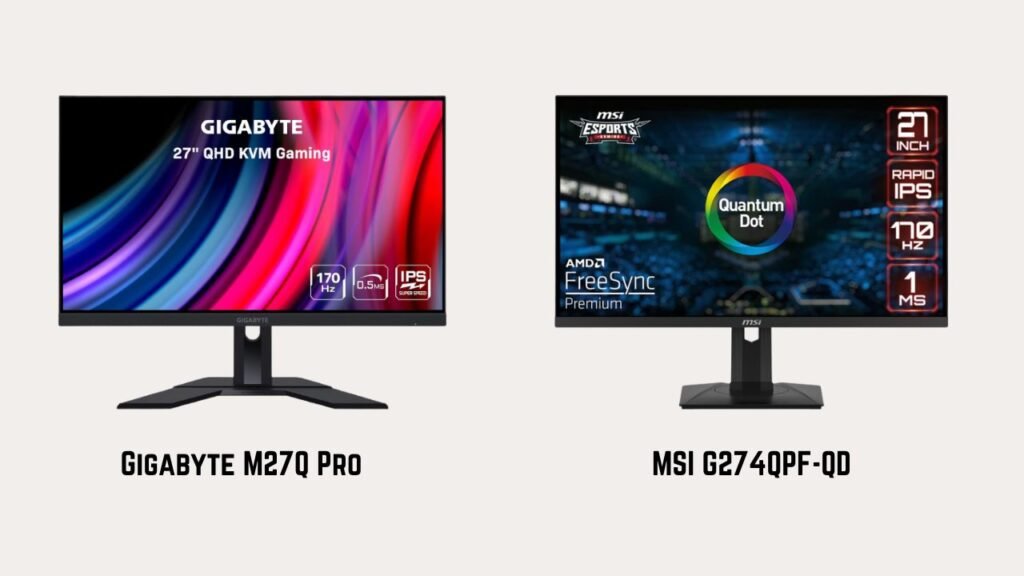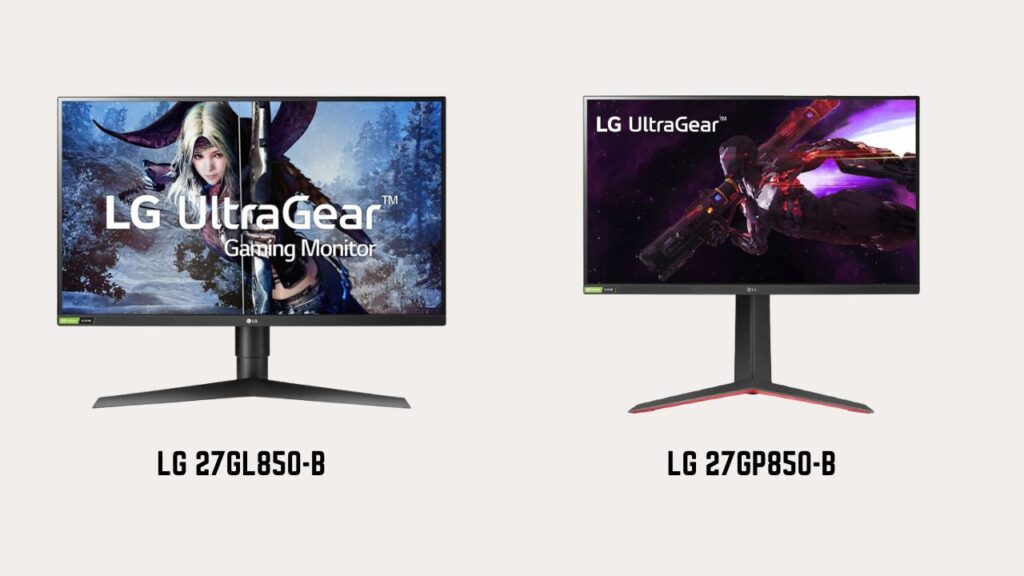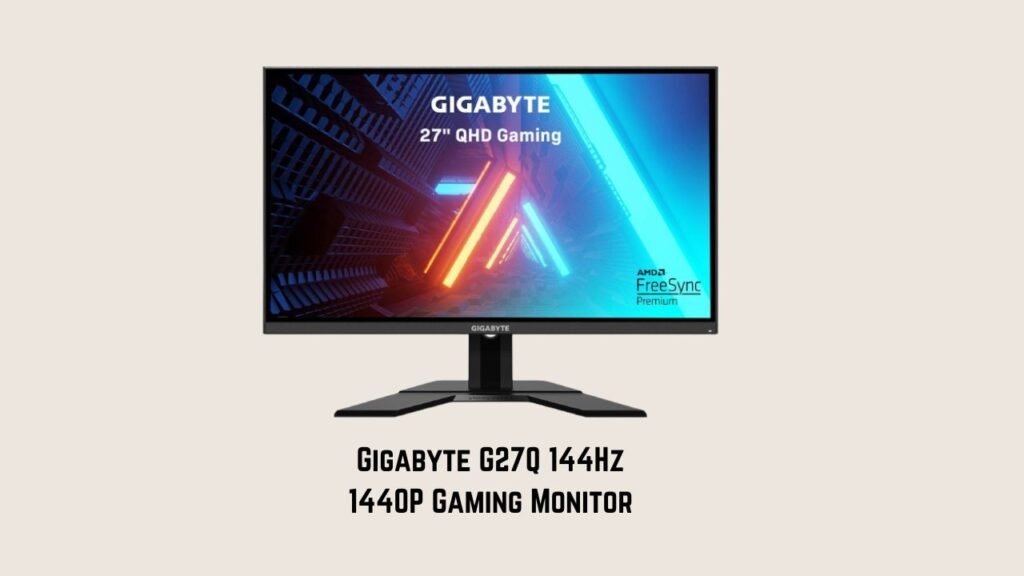For budget-conscious gamers, the 1440p 120Hz to 180Hz gaming monitor is the sweet spot, offering a balance of performance and affordability. This range, known as the medium refresh rate category, is ideal for those new to PC gaming or looking to upgrade from 1080p displays.
Prices have gradually dropped in this category, with many options now available for under $280, making it the best value for money. Spending more than $280 may not provide significant additional benefits, entering the realm of diminishing returns.
There are numerous good options available within this price range, so choose based on personal preference and regional pricing variations.
1. Gigabyte M27Q Pro and MSI G274QPF-QD

Right Now, you can find both the Gigabyte M27Q Pro and MSI G274QPF-QD priced around $280, making it challenging to determine which one is superior. Both are 27-inch 1440p 170Hz IPS LCD monitors, and while they utilize different panels, their overall performance is quite similar. For instance, their motion performance is virtually indistinguishable despite minor tuning differences in favor of the MSI model. Both support variable refresh rates across all GPU brands and offer comparable brightness and contrast levels.
The MSI monitor boasts a wider color gamut, while the Gigabyte model excels in accuracy with its sRGB mode. Additionally, the Gigabyte variant includes a KVM switch, a feature absent in the MSI model, although both come with USB-C inputs. Your decision might hinge on these feature disparities or simply opt for the more affordable option in your area.
Overall, they both provide excellent value for their price, offering a balanced gaming experience across essential categories. Previously, I recommended the older variant of the Gigabyte M27Q, but with the minor price difference, I believe the M27Q Pro is the better choice unless the older model is substantially cheaper.
2. LG 27GL850-B and LG 27GP850-B

Over the years, I’ve recommended various LG 1440p mid-refresh models, such as the 27GL850, 27GL83A, 27GP83B, and 27GP850, which share many similarities. For instance, the 27GP83B costs $20 more than the previously discussed MSI and Gigabyte models but doesn’t offer significant differences. It has a notably lower contrast ratio and a more limited color gamut compared to the G274QPFQD.
However, it does feature slightly better response time tuning if that’s crucial for you. Unless one of these LG monitors is priced similarly to or cheaper than the Gigabyte or MSI models, they may be challenging to justify at the moment.
3. Gigabyte G27Q

If you’re looking for a budget option, consider the Gigabyte G27Q, priced at $220 to $230, offering savings compared to other models discussed. While I haven’t personally tested this model, it appears to be a viable choice if you’re willing to compromise on features and performance. It has a lower refresh rate, weaker response times, lacks a KVM switch, and offers a slightly smaller color gamut. However, it’s worth considering if you’re on a tight budget.

